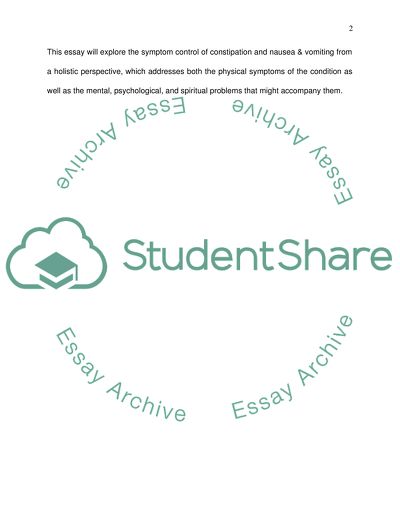Cite this document
(“Holistic Symptom Management Assignment Example | Topics and Well Written Essays - 3000 words”, n.d.)
Holistic Symptom Management Assignment Example | Topics and Well Written Essays - 3000 words. Retrieved from https://studentshare.org/health-sciences-medicine/1530926-holistic-symptom-management
Holistic Symptom Management Assignment Example | Topics and Well Written Essays - 3000 words. Retrieved from https://studentshare.org/health-sciences-medicine/1530926-holistic-symptom-management
(Holistic Symptom Management Assignment Example | Topics and Well Written Essays - 3000 Words)
Holistic Symptom Management Assignment Example | Topics and Well Written Essays - 3000 Words. https://studentshare.org/health-sciences-medicine/1530926-holistic-symptom-management.
Holistic Symptom Management Assignment Example | Topics and Well Written Essays - 3000 Words. https://studentshare.org/health-sciences-medicine/1530926-holistic-symptom-management.
“Holistic Symptom Management Assignment Example | Topics and Well Written Essays - 3000 Words”, n.d. https://studentshare.org/health-sciences-medicine/1530926-holistic-symptom-management.


